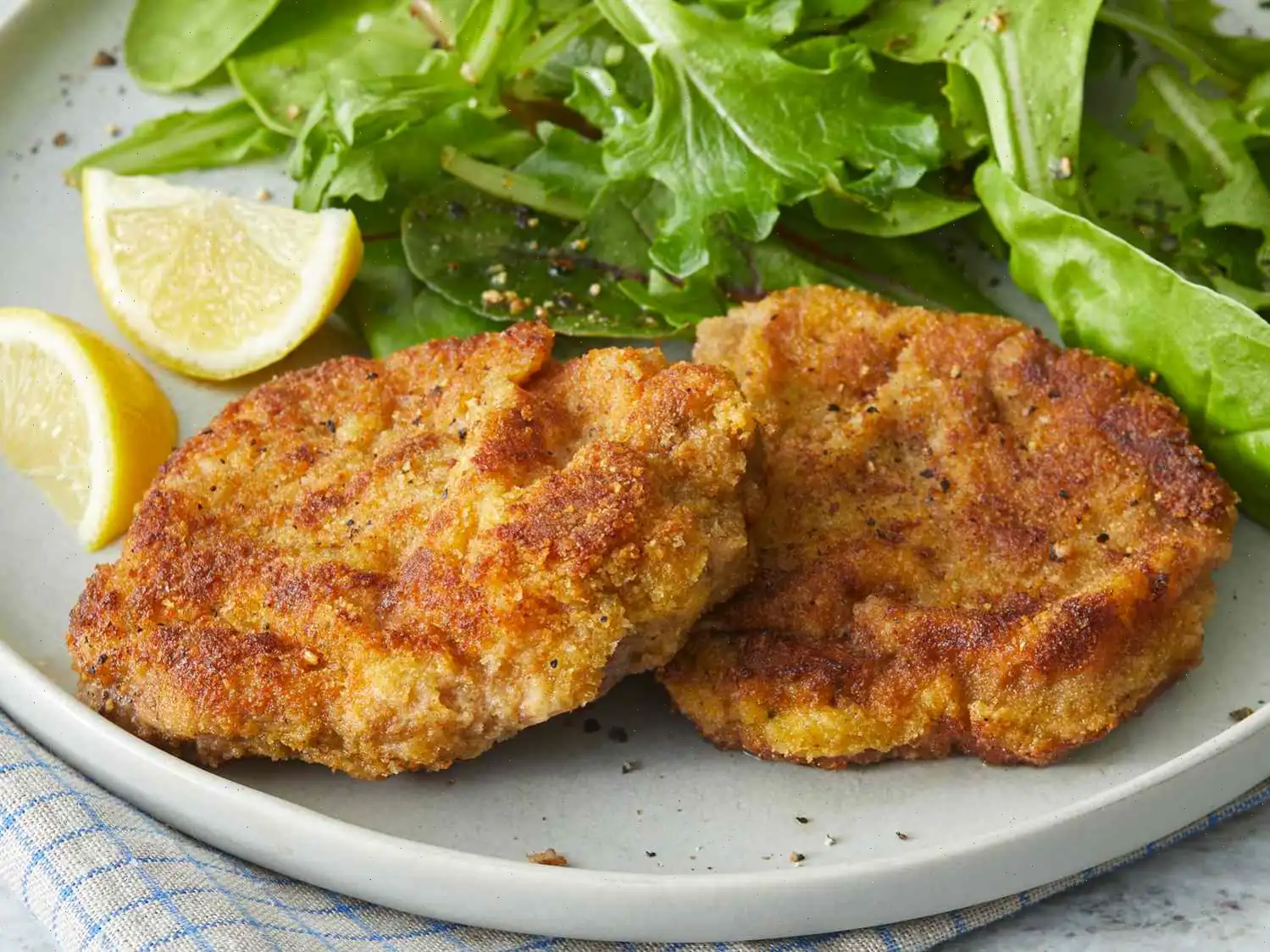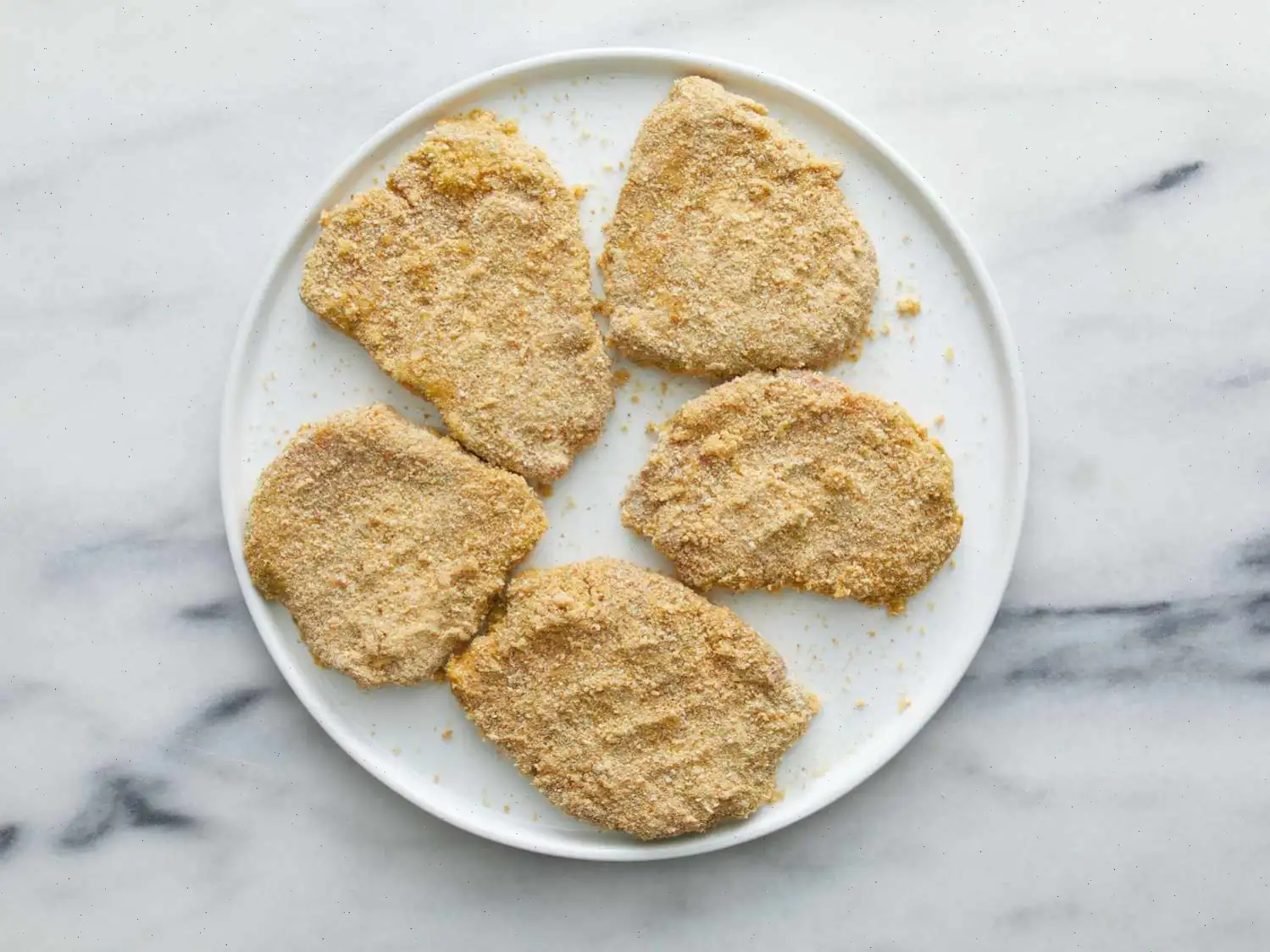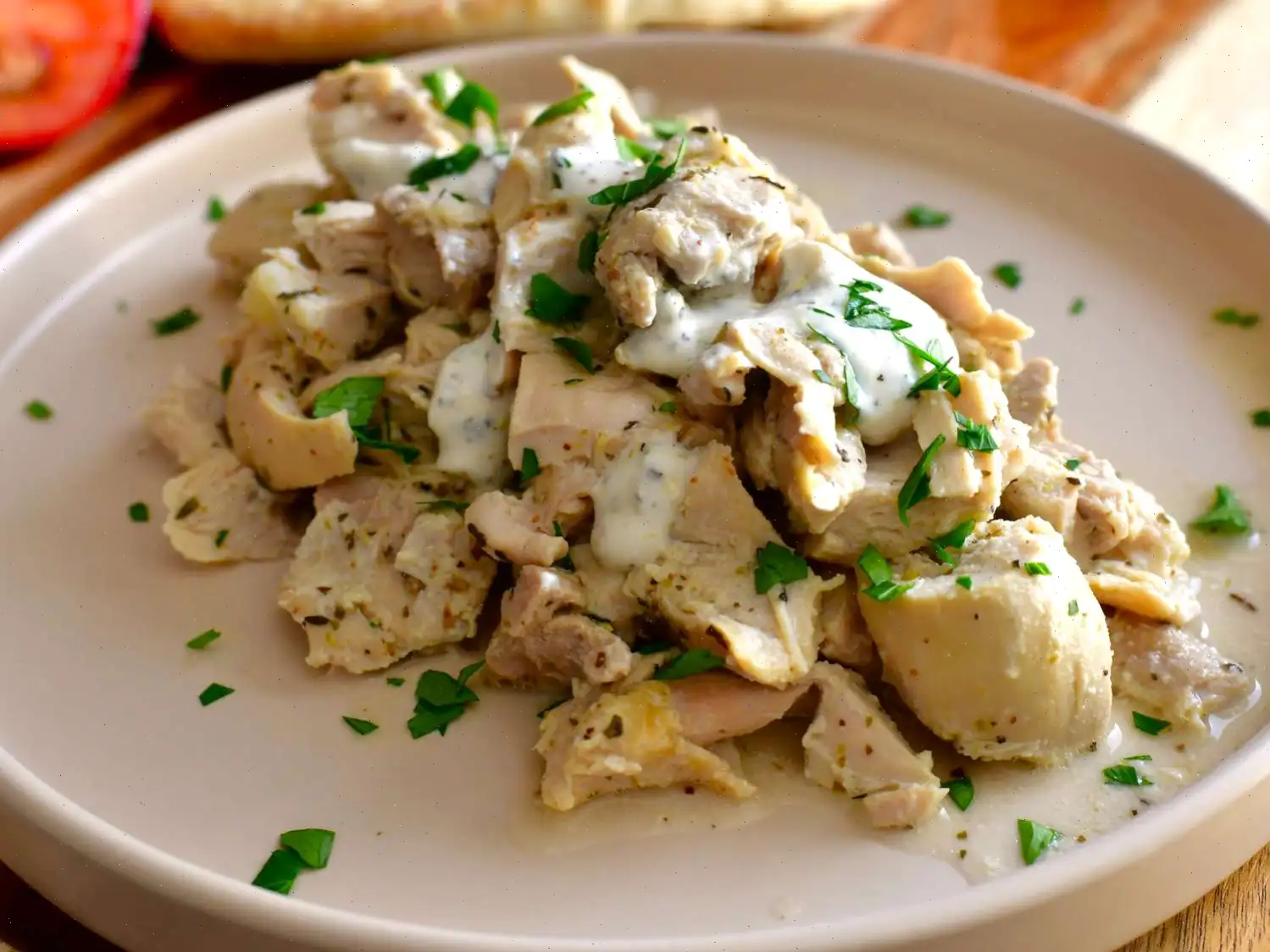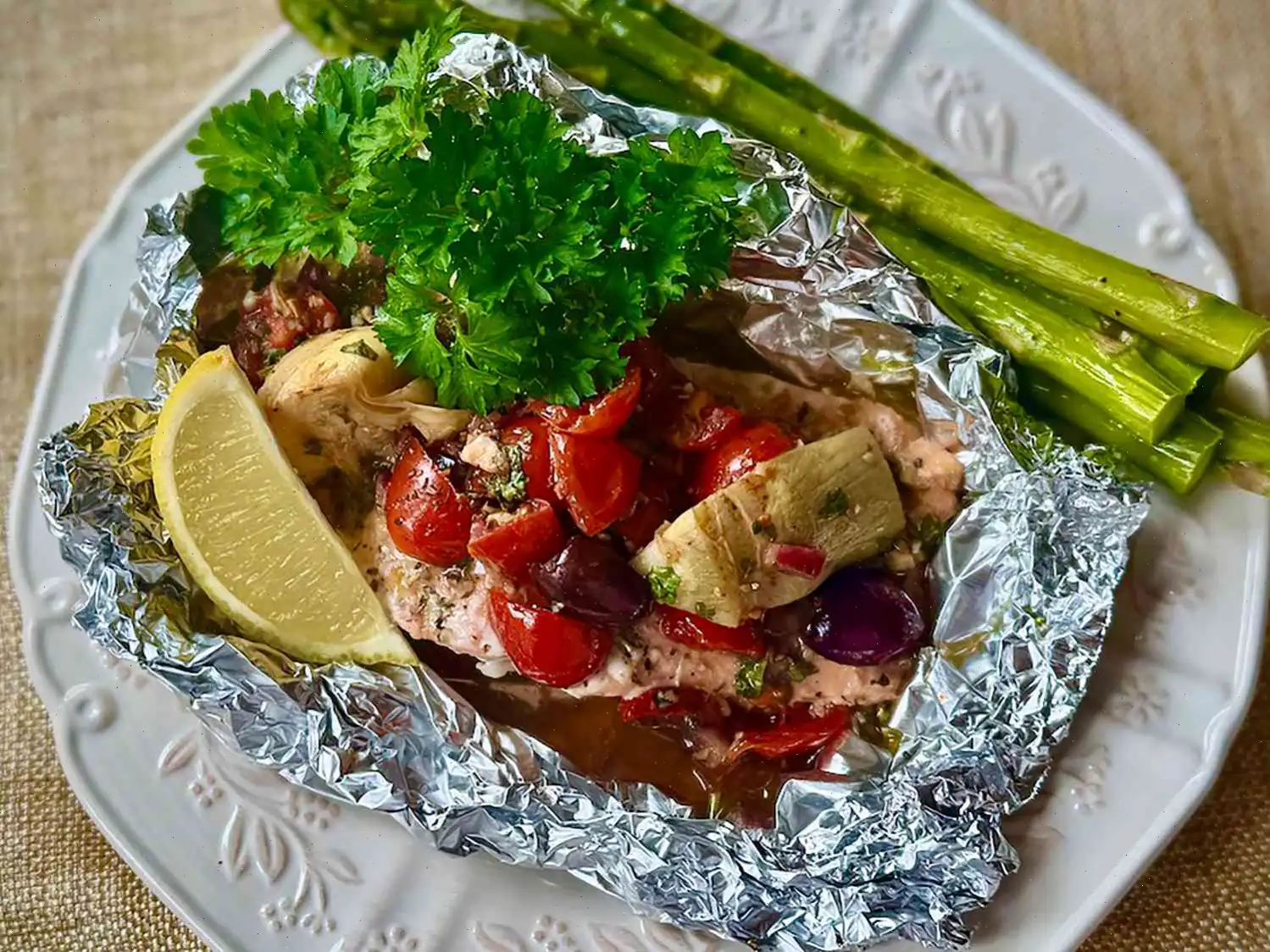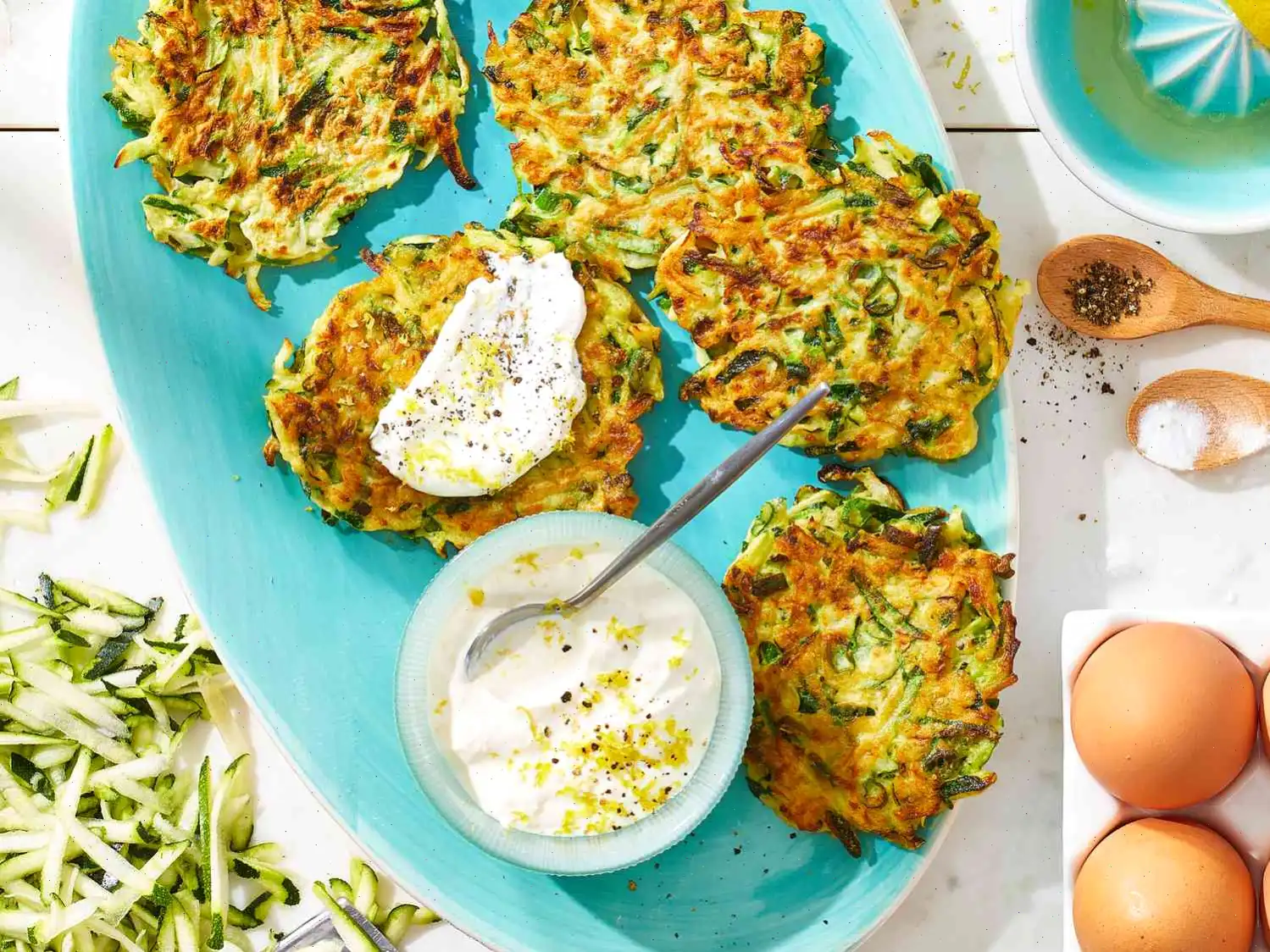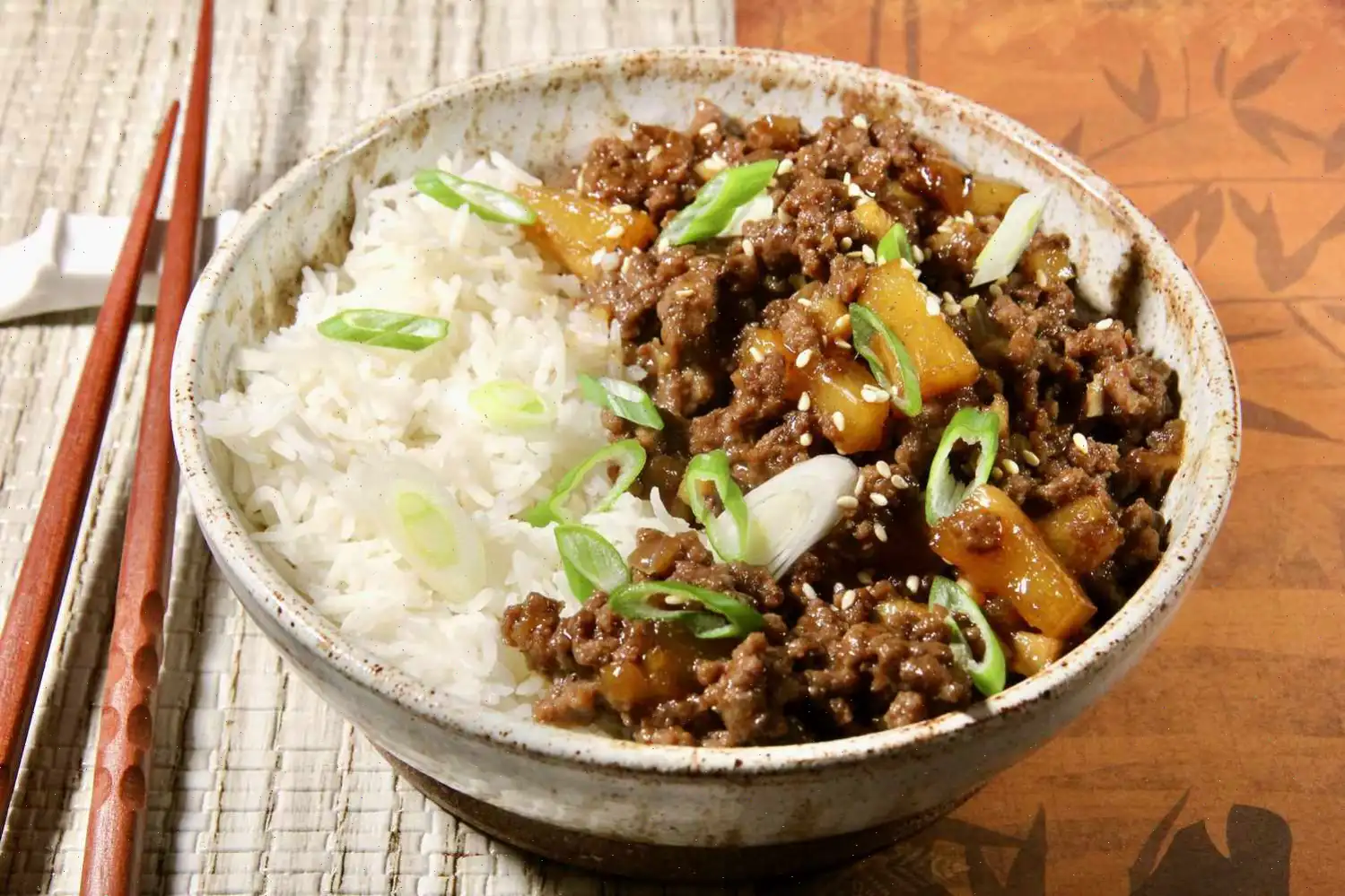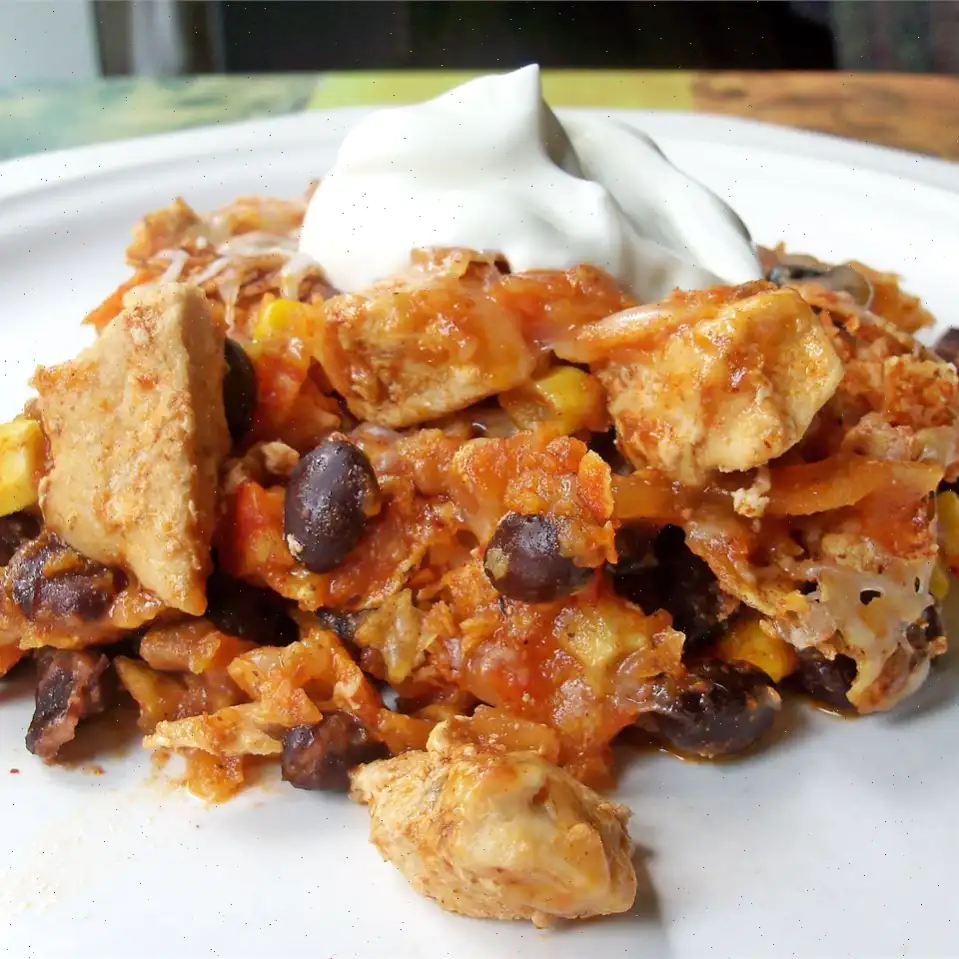
Wiener Schnitzel Recipe
This authentic wiener schnitzel recipe is wonderfully flavorful and irresistibly crispy.
What Is Wiener Schnitzel?
Wiener schnitzel is a German dish made from thin veal cutlets that are breaded and pan-fried. It's considered one of Austria's national dishes.
What Is Wiener Schnitzel Made Of?
Heres what youll need to make this delicious wiener schnitzel:
- Veal: Start with 1 pounds of veal cutlets.
- Flour and eggs: Dredging the veal in all-purpose flour and eggs ensures a crispy coating.
- Cheese and milk: Parmesan cheese and milk in the egg mixture help lock in flavor and moisture.
- Seasonings: Minced parsley, salt, pepper, and nutmeg season the schnitzel to perfection.
- Breadcrumbs: Use store-bought dry breadcrumbs or make your own at home.
- Butter: Cook the breaded veal in butter to get a golden, crispy crust.
- Lemon: Garnish with lemon slices for a fresh, tangy finish.
How to Make Wiener Schnitzel
Follow these easy steps to make homemade wiener schnitzel:
- Pound the cutlets: Place the veal cutlets between two sheets of plastic wrap. Use a meat mallet to pound the cutlets to a -inch thickness.
- Coat with flour: Dredge the pounded cutlets in flour, ensuring they're evenly coated. Shake off any excess flour.
- Prepare the egg mixture: In a shallow bowl, whisk together eggs, Parmesan cheese, milk, minced parsley, salt, pepper, and nutmeg until well combined.
- Coat with breadcrumbs: Dip each cutlet into the egg mixture, then press them into the breadcrumbs to coat them completely.
- Chill the cutlets: Arrange the breaded cutlets on a plate and refrigerate them for at least 1 hour, or up to overnight. This helps the breading set.
- Cook the schnitzel: Melt butter in a large skillet over medium heat. Fry the breaded cutlets for about 3 minutes on each side or until golden brown and crispy.
- Serve: Transfer the cooked schnitzels to a serving platter. Drizzle with pan juices and garnish with lemon slices.
What to Serve With Wiener Schnitzel
This traditional German dish pairs perfectly with classic side dishes like:
- Authentic German Potato Salad
- Gurkensalat (German Cucumber Salad)
- German Potato Dumplings (Kartoffelkloesse)
For more culinary inspiration, explore our full collection of German Recipes.
How to Store Wiener Schnitzel
If you have leftovers, store them in an airtight in the refrigerator for up to 3 days. To reheat, use the oven or stove for the best results.
Nutrition Facts
| Nutrition Facts | Per Serving |
|---|---|
| Calories | 515 |
| Total Fat | 29g |
| Saturated Fat | 16g |
| Cholesterol | 230mg |
| Sodium | 782mg |
| Total Carbohydrates | 34g |
| Dietary Fiber | 2g |
| Total Sugars | 2g |
| Protein | 29g |
| Vitamin C | 11mg |
| Calcium | 151mg |
| Iron | 3mg |
| Potassium | 376mg |
Servings: 4

Wiener Schnitzel is an iconic dish of German and Austrian cuisine, known for its tender veal cutlets that are breaded, pan-fried to golden perfection, and often served with a side of lemon and potato salad. This dish has a rich history and continues to be a beloved meal worldwide. Below, we delve into its origins, regional variations, and unique characteristics that set it apart from similar dishes.
History of Wiener Schnitzel
Wiener Schnitzel, meaning "Viennese schnitzel" in German, is widely considered to be a national dish of Austria, although it is also a staple in Germany. The origins of the dish are debated, with some suggesting that it was influenced by the Italian Cotoletta alla Milanese, a breaded and fried veal cutlet from Milan. The dish gained significant popularity in Vienna in the 19th century, and by the 20th century, it became synonymous with Austrian cuisine. The first written mention of the Wiener Schnitzel dates back to the 19th century, though the dish likely existed in various forms before that. Today, Wiener Schnitzel remains an essential part of Austrian identity, often enjoyed in both casual and festive settings.
Regional Variations
While the dish is popular in both Austria and Germany, there are some key differences in how it is prepared across regions. In Austria, Wiener Schnitzel is traditionally made with veal, and it is always served with a side of potato salad or lingonberry jam. In Germany, however, it is not uncommon to find schnitzels made with pork or chicken as substitutes for veal, which can be more affordable and accessible. Additionally, in southern Germany, especially in Bavaria, it is common to serve Wiener Schnitzel with a side of spaetzle (a type of egg noodle) or a salad. The method of preparation remains largely the same, but local customs and preferences shape the side dishes and garnishes that accompany the schnitzel.
How Wiener Schnitzel Differs from Similar Dishes
At first glance, Wiener Schnitzel may seem similar to other breaded and fried cutlet dishes, such as the Italian Cotoletta alla Milanese or the French Escalope. However, the main difference lies in the choice of meat and the specific preparation methods. For example, Cotoletta alla Milanese is typically made with bone-in veal, and the breading is usually thinner. Additionally, while escalope is a general term for a thin slice of meat, Wiener Schnitzel specifically refers to veal that has been breaded and fried in the traditional Viennese manner. The use of veal, the precise technique of pounding the meat to a uniform thickness, and the specific garnisheslike lemon slicesare what set Wiener Schnitzel apart as a distinctive and iconic dish.
Where Is Wiener Schnitzel Typically Served?
Wiener Schnitzel is a popular dish found on menus throughout Austria and Germany, from casual eateries to fine dining establishments. In Austria, it is typically served as a hearty lunch or dinner, often accompanied by a crisp potato salad or a light cucumber salad. In Germany, it is a common dish at beer gardens, where it is served with a refreshing side of potato salad or a tangy sauerkraut. During festive times, such as Oktoberfest, Wiener Schnitzel is a crowd favorite, often paired with a tall glass of beer. It is also popular at family gatherings and celebrations due to its satisfying and comforting nature. Outside of Europe, many German and Austrian restaurants around the world feature Wiener Schnitzel on their menus, offering a taste of the classic dish to international food lovers.
Interesting Facts About Wiener Schnitzel
- While the dish is traditionally made with veal, many modern versions substitute pork, chicken, or turkey for veal, making it a more affordable and accessible option.
- The breading process for Wiener Schnitzel is meticulous: after dipping the meat in flour, eggs, and bread crumbs, it is often chilled before frying to ensure the coating stays intact during cooking.
- The dish is sometimes accompanied by a simple lemon wedge, which enhances its flavor with a touch of acidity. In some regions, lingonberry jam or cranberry sauce is served alongside for a sweet contrast.
- Wiener Schnitzel was considered a "fast food" in Austria during the early 20th century, thanks to its quick preparation time and satisfying nature.
- The dish became so popular that it is now considered a symbol of Austrian hospitality, often served to guests as a token of warm welcome.
In conclusion, Wiener Schnitzel is more than just a dishit's a culinary tradition that reflects the heart of Austrian and German culture. With its rich history, regional variations, and universal appeal, it remains a cherished comfort food enjoyed around the world. Whether made with veal, pork, or chicken, and served with a variety of sides, this crispy, golden cutlet will always be a beloved part of European cuisine.
You can listen to this recipe in AI audio format. Simply click the play button below to listen to the content in a format that suits you best. It’s a great way to absorb information on the go!
FAQ about Wiener Schnitzel Recipe
Comments
Heather Johnson
07/01/2024 01:04:35 AM
After removing the chops from the pan and placing them on a warm plate, I sautéed mushrooms and shallots in 2 tablespoons of butter and a tablespoon or two of brandy. Then, I stirred in 2 tablespoons of fresh sour cream. This delightful addition is the perfect finishing touch to an already delicious recipe.
Kevin King
11/18/2022 08:06:38 AM
I often follow this recipe with a slight variation. I prefer using olive oil with a hint of butter. I've made it with both veal and pork loin, and I personally find the pork to be more flavorful. It's essentially a veal or pork Milanese with the extra touch of Parmesan cheese, and it turns out delicious either way.
Ruth Phillips
04/23/2025 07:45:08 PM
I prepared this dish inexpensively by slicing a pork loin and tenderizing it. Absolutely delicious!
Catherine Cruz
12/27/2022 11:15:33 AM
@Joan, you have the option of using boneless pork chops and tenderizing them in the same manner.
Edward Garcia
04/03/2024 06:32:51 PM
The meal was incredibly tasty, and we complemented it with spaetzles as a delicious side dish.
Brian Baker
08/16/2023 12:48:16 PM
I avoid eating veal for ethical reasons, so I find that chicken or pork makes a great substitute. The creamy mushroom soup with sour cream gravy served over noodles is a delicious addition to the meal.
Ryan Lewis
02/18/2025 12:13:51 AM
I stored it in the refrigerator overnight and cooked it this morning for my wife and myself, and it was fantastic. When we were newlyweds, we resided in West Germany after I completed my tour in Vietnam as a helicopter pilot, continuing my flying career in West Germany. In Munich, we frequented a fantastic restaurant where the owner had a soft spot for GIs. To entertain him, I would occasionally wear my Army uniform, which I rarely did off-base except for our weekly visits to him. The owner would always prepare delicious veal dishes for us, creating a wonderful memory from 55 years ago. All thanks to the amazing Wiener Schnitzel. I'm about to relive that experience once again! It was effortless to prepare. It's challenging to find veal in my area, but I made the trip to Whole Foods, and it was definitely worth it. Tomorrow, it's Veal Parmigiana on the menu!


